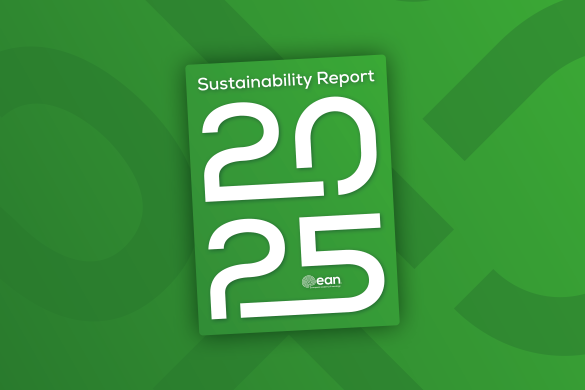Case series/case reports (Indigo)
Read on for our highlighted selection of Covid-related case series or case reports from the scientific press for September 2022:
Changes in sleep pattern during the COVID-19 lockdown in patients with narcolepsy, idiopathic hypersomnia, and restless legs syndrome
The objective of this study was to explore the first COVID-19 lockdown impact on sleep symptoms in patients with narcolepsy, idiopathic hypersomnia (IH) and restless legs syndrome (RLS). Between March and May 2020, a sample of adult patients regularly followed-up in a Reference Hospital Sleep Unit (299 with narcolepsy, 260 with IH, 254 with RLS) was offered an online survey assessing their sleep-wake habits, daily activities, medication intake, and validated scales: International RLS Study Group questionnaire, Narcolepsy Severity Scale (NSS), IH Severity Scale (IHSS), Epworth Sleepiness Scale (ESS), Insomnia Severity Index, Beck Depression Inventory-II, and European Quality of Life (QoL) scale. The survey was proposed once, and the questions were answered for the pre-lockdown (recall of the month before the confinement) and the lockdown (time of study) periods. Overall, 331 patients completed the survey (response rate 40.7%): 102 with narcolepsy, 81 with IH and 148 with RLS. All patients reported later bedtimes, with reduced differences for time in bed (TIB) and total sleep time (TST) over-24h between weekdays and weekends. Narcoleptic patients spent more TIB and increased TST overnight, with more daytime napping. They had more awakenings, higher ESS scores, lower QoL, and no NSS changes. IH patients had also increased TIB, TST overnight and 24-h on weekdays. Nocturnal sleep latency and number of awakenings increased, but with no change in ESS, QoL, and IHSS scores. RLS patients reported a longer nocturnal sleep latency, more awakenings, more naps, a decreased TIB and TST overnight. RLS severity increased while QoL decreased. A significant portion of patients reported disease worsening during lockdown (narcolepsy:39.4%, IH:43.6%, RLS:32.8%), and some patients stopped or lowered their medication (narcolepsy:22.5%, IH:28%, RLS:9.5%). The authors concluded that during the lockdown, all patients reported later bedtimes; those with narcolepsy and IH extended their sleep duration unlike RLS patients. These changes were often associated with negative consequences on QoL. In the current context of recurrent COVID-19 waves, the recent development of teleconsultations should enable physicians to monitor patients with chronic sleep disorders more closely, to recommend optimized sleep schedules and duration, in order to prevent psychological problems and improve their QoL.
Barateau L, Chenini S, Rassu AL, Denis C, Lorber Q, Dhalluin C, Lopez R, Jaussent I, Beziat S, Dauvilliers Y. Changes in Sleep Pattern During the COVID-19 Lockdown in Patients With Narcolepsy, Idiopathic Hypersomnia, and Restless Legs Syndrome. Neurology. 2022 Aug 2:10.1212/WNL.0000000000200907. doi: 10.1212/WNL.0000000000200907.












